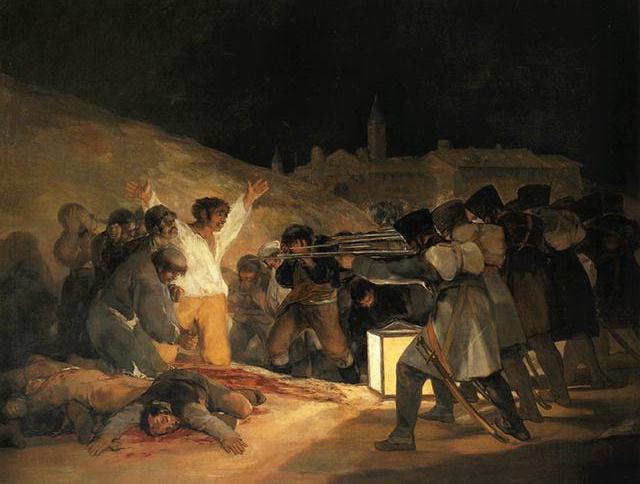| It
was born in a modest family. It studied classic literature
that
taught from 1760 to 1784. Gotten passionate of natural sciences like
the botany and the physical, discovered
mineralogy to
35 years, like auditor of some lessons near a museum. It lived in the
turbulent period of the revolution, the Empire and the Restoration. 15
February 1783 is name from the Academic King. - In 1784 it completes
twenty years of seniority like teacher, sufficient time in order to
receive a modest one
university professor
pension allows who it to dedicate itself exclusively to the new
scientific branch that with its job will be born, mineralogy.
The
director of the Academy of Lavoisier Sciences, obtains from the King a
reform of this institute and founds a new Natural History chair and of
Mineralogy In the week after 10 August 1792 Hauy and all the other
ecclesiastics of the University are arrested and
lead near
the Seminary of Saint Firmino, transformed in prison. Will be freed 15
August. A second time and freed thanks will be arrested to the
participation of the director of the Lavoisier Academy. Eight August
1793, the Convention Nationale soppreme all the Real
Academies.
Hauy is name Secretary of the Commission of the Weights and Measures
that will have to set up Metric System for France, then adopted from
all the western world with the exception of
English. In
1801 it publishes its Treaty of Mineralogy, treaty that contained all
its acquaintances on crystals and
minerals. The
5 you open them 1802 Napoleon Honorary Canonical Hauy nomination of
Notre Dame. 28
November 1803 receives the
acknowledgment of the Legion of Honor. It teaches in Ecole
DES
Mines in 1794, the school “the Normal Ecole
Supérieure” in 1795, to
Natural history museum
of Paris in 1801, to the Sorbona in
1809. It
has formed all the French and foreign mineralogists of the nineteenth
century. It founded three great collections of minerals; that of the
school of the Miners, of the Natural History
Museum, and of the University of Paris
that still
today is the more important of the world. Rene' Just
Haüy that in long years of taken
care of studies
on the form of crystals and the relations of positioning of their
faces, it reached to a general accommodation
of all
interpreting them
and explaining them not only according to a detail
regularity'
in inner disposition of
constituent particles but,
above
all, giving a corrected
description
mathematics and geometric with formulas that are
used still
today. It is the scientifically aware birth of the
“crystallography rations them”
with enunciation
of that which today in the witnesses it comes often (but improperly)
called like “law of rationality” of the indict',
that
Haüy express' in still fundamental ally valid way.
To
Haüy the first theory must in fact on the
inner
structure of the mineral understandings like crystalline bodies turning
out from the juxtaposition of poliedri
elementary
(the so-called “integrating
molecules”) having
the form of the solid one of
flaking, the
romboedro in the event of the calcite that was the
mineral “pilot” for
all its theory. He
studied the structure of crystals, the magnetic properties of minerals
as an example, the
magnetite, the
chemical composition and the physical properties of minerals and the
properties electrical workers of the same ones. |
|


